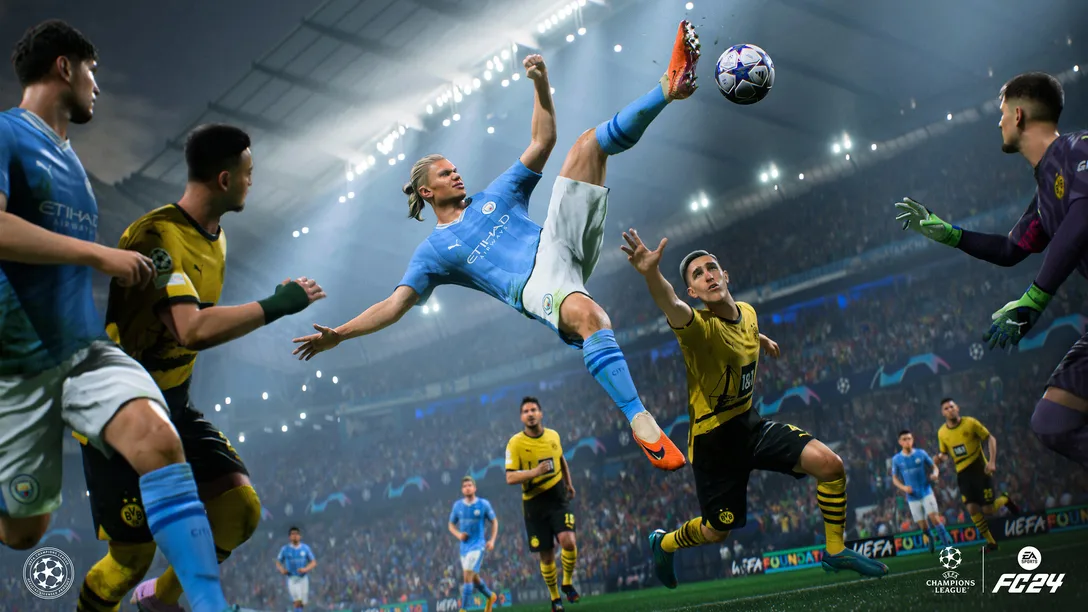
Adapting To The Defender
The term adapting describes how you change your decisions based on the opponent's defending style or the use of certain defending techniques. By adapting we try to increase our success rate for creating chances.

Subscribe To THE GUIDE+ To Watch This Video
Check OptionsKey takeaways for this lesson:
- Adapting means changing your decision making based on the tendencies of your opponent.
- These tendencies could be how aggressive or passive your opponent defends, but also what kind of defending techniques he likes to use (offside traps, goalkeeper movement).
- Actively changing your decision making (adapting) isn't necessary in every game, because the majority of opponents won't have such a extreme style. But when you notice that you struggle against the opponent, it might be useful to see if there are nuances how you can adapt to the opponent's defending style.
- The selected defender and how he acts with him is one of the most influential parts on your game. Here are three typical styles and how to deal with it.
- Opponent selects defender in front of you and pushes aggressively for the ball. Against such opponents you should try to evade the pressure by moving away from the opponent, finding the right moment to distribute the ball and then punish the opened up gaps.
- Opponent selects defender in front of you, but keeps his positions and tries to intercept passes. Here a valid approach is to change your direction in the attack quite often by either dribbling or quick passes. This can lead to errors in player switching for the opponent.
- Opponent selects player who is behind you and pressures from behind. Try to punish the passive defensive line by accelerating in the midfield.
About the author: Benjamin "TaZz" Drexler is creating tutorial videos since 2011 and started to compete in tournaments at the same time. Among several weekly and monthly Top100 finishes in FUT Champions, he reached the Top8 at the Virtual Bundesliga in 2013/14 and finished in the Top8 in 2017 at the first European Regional Qualifier Event in Paris.
In case you didn't know: You can also access THE GUIDE+ on your PC with our Web Version and watch the lessons on a bigger screen. Here is the link: www.theguide.gg
Music from https://filmmusic.io "Future Logo Intro" by WinnieTheMoog (https://taigasoundprod.com) License: CC BY (http://creativecommons.org/licenses/by/4.0/)







